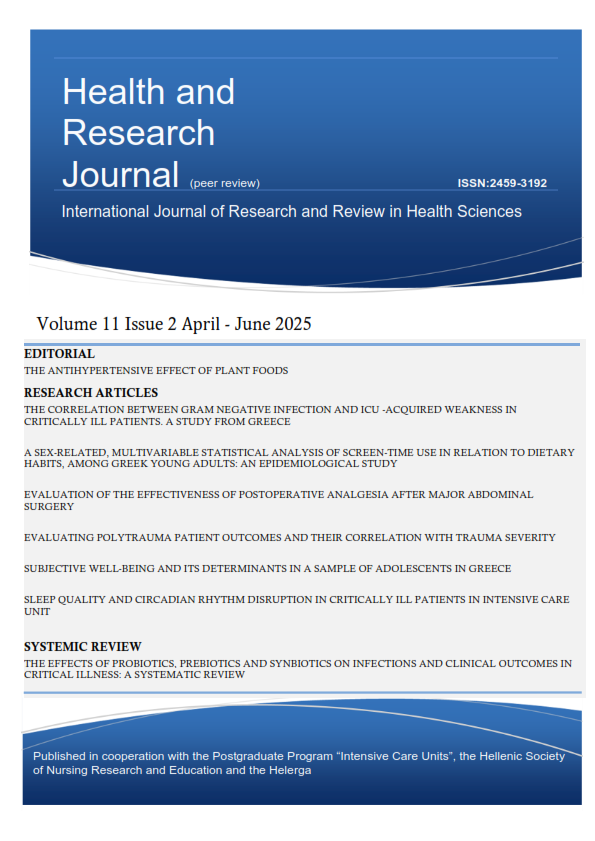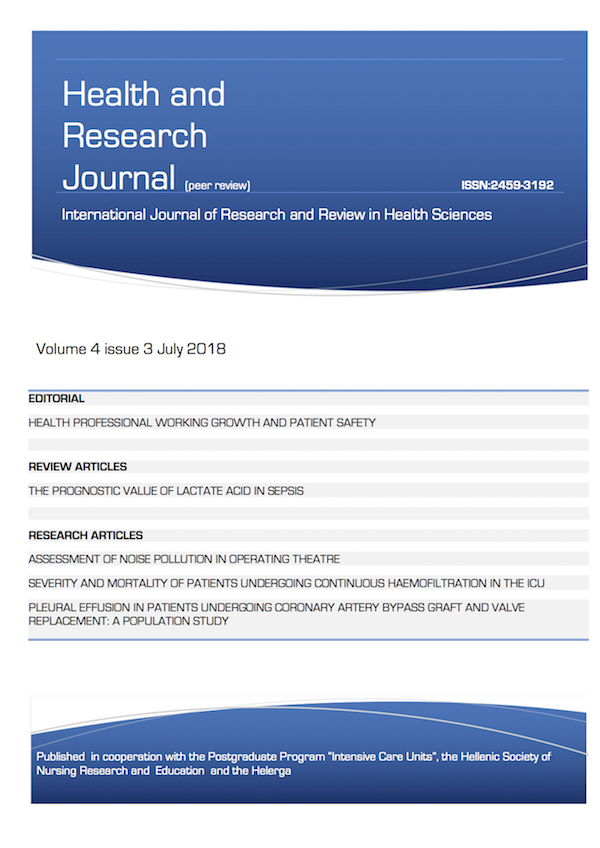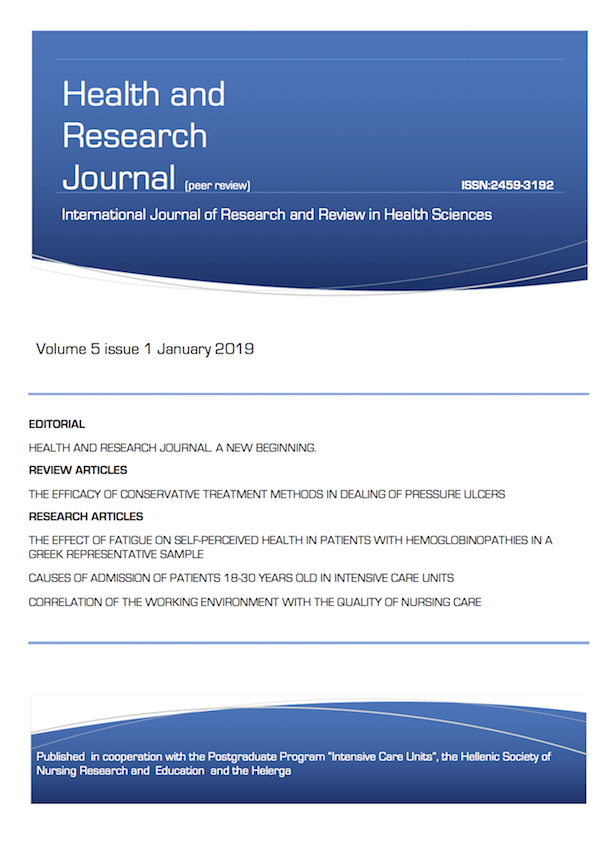Causes of microbial carriers during admission to intensive care unit

Abstract
Introduction: The recording of microbial agent upon patients admission in the Intensive Care Unit (ICU) can be useful for the prevention and reduction of dispersion, forecasting new colonization or infection respectively bacteria and guide empirical antimicrobial therapy.
Aim: The aim of the present study was to investigate the factors associated with microbial colonization of patients admitting to ICU.
Material and Method: The studied sample consisted of 72 patients admitted to the ICU in a period of seven months. During patient admission in the ICU, rectal swab and secretions were received, samples were cultivated and an epidemiological registration form was completed.
Results: Bronchial colonization was more frequent in patients with pressure ulcers of previous hospitalization (33.3%). These patients were in mechanical ventilation for longer, and they had central venous catheter and catheter bladder for longer compared to patients who were not colonized. Rectal colonization was more frequent in patients with chronic breakdown (p=0.001). These patients had catheter bladder for longer (6.8 days) compared to patients who were not colonized (p=0.049).
Conclusion: In both types of colonization samples tested, the rate of positive performance was significant. Only few well-known factors that prognosticate positive admittance carriers were found to be statistically significant in this analysis. We presume that continuing and improving the recording and analysis process will lead to the identification of more and stronger correlations.
Article Details
- How to Cite
-
Panagiotopoulou, E., Nteves, I., Kadda, O., Kapadohos, T., Vasilopoulos, G., & Marvaki, C. (2016). Causes of microbial carriers during admission to intensive care unit. Health & Research Journal, 2(3), 224–243. https://doi.org/10.12681/healthresj.19705
- Section
- Original Articles
Copyright notice:
The journal "Health and Research Journal" reserves the rights for copyright of the content of the website and also the copyright of the articles published.
By virtue of their appearance in this journal, the articles are free to be used for non-commercial purposes. However, the articles cannot and must not be used in anyway, published elsewhere or modified without any reference to the author and the first publication of the article.





